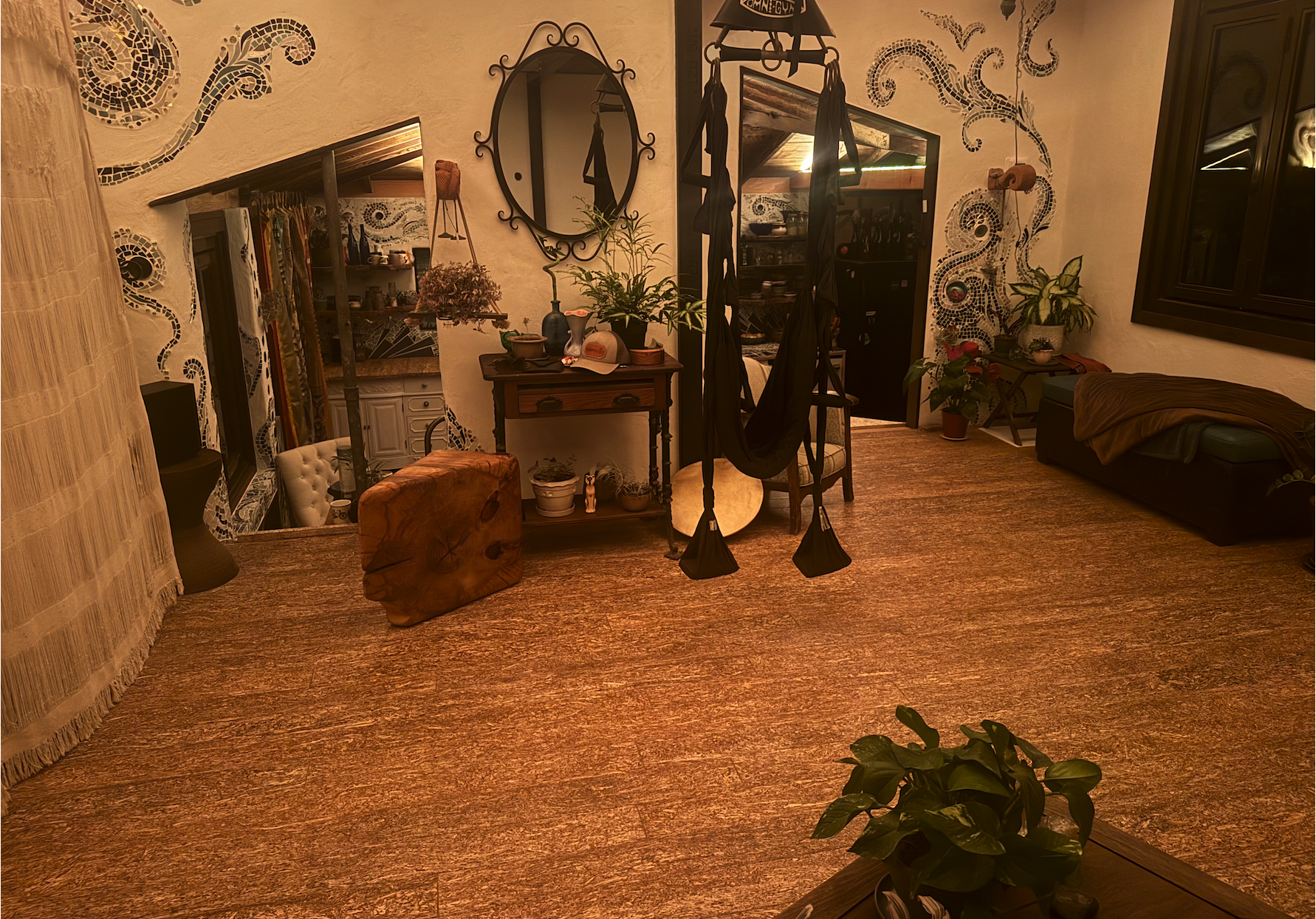Leading the Future of Sustainable Wood Products
HempWood, founded by Greg Wilson and headquartered in Murray, Kentucky, is redefining engineered wood through sustainable innovation. With a focus on efficiency and environmental...
Hemp wool is an increasingly popular choice in sustainable construction, celebrated for its eco-friendliness and impressive insulating properties.
Hemp wool is a type of insulation made from natural fibers and is often used in sustainable building projects. In this article it is not referring to a specific product or vendor.
However, concerns surrounding untreated products—particularly regarding fire safety and mold resistance—raise valid questions about its suitability for permitted builds. These issues contrast sharply with the well-established benefits of hempcrete, a proven material in sustainable construction. Let’s explore these concerns and the potential of ASTM-tested hemp wool to revolutionize modern building practices.
Derived from the fibers of the hemp plant, hemp wool offers several key advantages:
These attributes make hemp wool an attractive alternative to traditional insulation materials like fiberglass and mineral wool.
Despite its many benefits, untreated hemp wool presents significant challenges that must be addressed:
Untreated hemp wool has a poor fire rating, making it unsuitable for permitted builds. Construction codes often require materials to meet stringent fire resistance standards. Without proper treatment, hemp wool fails to provide the necessary protection, creating risks for property and occupant safety.
Hemp wool’s natural fibers are prone to retaining moisture, which can lead to mold and mildew growth. In environments with high humidity or poor ventilation, untreated hemp wool may exacerbate these issues. This contrasts with hempcrete’s natural resistance to mold and moisture, which has made it a reliable standard in sustainable construction.
Hempcrete has set a high bar for natural building materials, offering benefits that address many of the concerns associated with untreated hemp wool:
These qualities make hempcrete a preferred choice for builders seeking sustainable, code-compliant materials.
The future of hemp wool is bright, provided it undergoes rigorous testing and treatment to meet modern building standards. Here’s how ASTM compliance can address current limitations:
When treated to enhance fire resistance, hemp wool can meet the stringent requirements for permitted builds, making it a safer option for homeowners and builders.
Advances in moisture management can mitigate the risks of mold and mildew growth. Treated hemp wool will offer improved longevity and reliability, even in humid environments.
ASTM standards ensure that hemp wool meets building code requirements, unlocking its potential for widespread use in construction. This opens the door for architects and builders to incorporate hemp wool confidently into their projects.
While untreated hemp wool raises valid concerns, its potential remains undeniable. When ASTM-tested and compliant with fire and moisture standards, hemp wool will join hempcrete as a cornerstone of sustainable building practices. Builders and architects can then confidently incorporate hemp wool into projects, benefiting from its superior insulation, environmental advantages, and health benefits.
The combination of hemp wool and hempcrete offers a powerful synergy—balancing insulation and structural performance—to pave the way for greener, healthier, and safer construction methods. With ongoing innovation and rigorous testing, the excitement surrounding hemp wool is well-justified as it edges closer to becoming a staple in permitted builds.

low carbon footprint, energy efficient
HempWood, founded by Greg Wilson and headquartered in Murray, Kentucky, is redefining engineered wood through sustainable innovation. With a focus on efficiency and environmental...